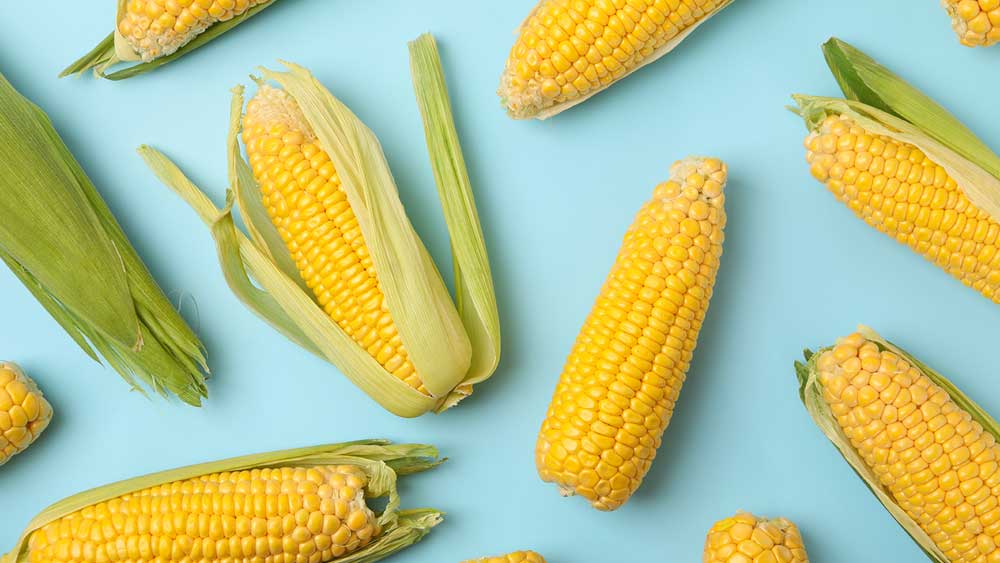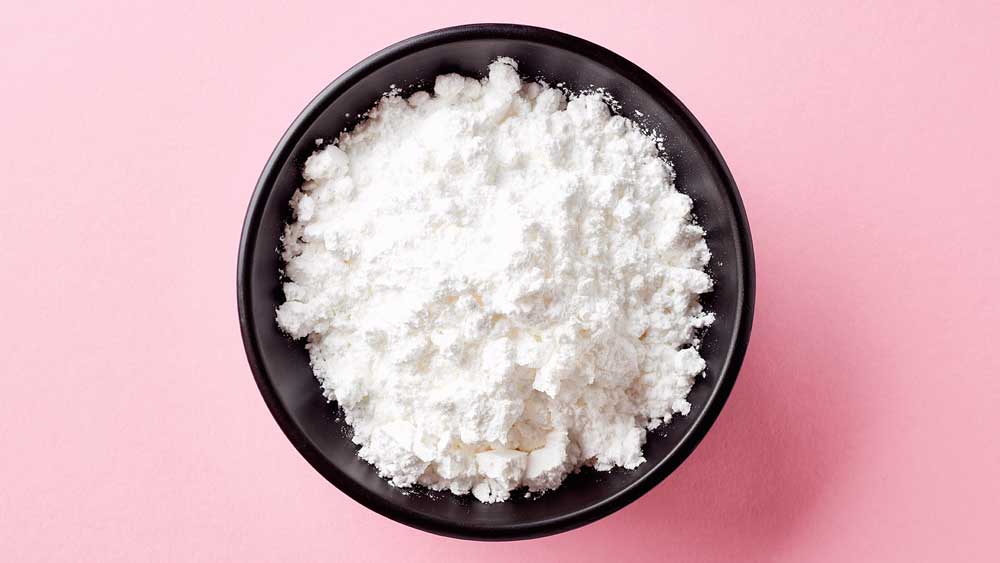
Gluconolactone
- Derived from: corn
- Pronunciation: (\ˈglü-kə-no-ˈlak-ˌtōn\)
- Type: Naturally-derived
What Is Gluconolactone?
Gluconolactone is white crystalline powder derived from gluconic acid, which is a substance naturally produced by mammals in order to metabolize carbohydrates.[1] It can also be produced from corn commercially.
What Does Gluconolactone Do in Our products?
Gluconolactone is a preservative, but it is also a humectant and a solvent.[2] It is a free-radical scavenger, which makes it helpful for protecting skin from some of the effects of UV radiation and for exfoliation.[3] In food, gluconolactone is a curing and pickling agent, a leavening agent, and a pH control agent.[4] Gluconolactone is also present in dozens of personal care products, including moisturizer, facial cleansers, sunscreen, conditioner, and other items.[5]
Why Puracy Uses Gluconolactone
We use gluconolactone in several of our products as a preservative. It is an ECOCERT-approved ingredient, and Whole Foods has deemed the ingredient acceptable in its body care quality standards.[9] In addition, research shows the ingredient is not a strong skin irritant and provides UV protection.[10,11,12] It is also effective at fighting acne.[13]
How Gluconolactone Is Made
Gluconolactone is manufactured by removing the water from gluconic acid.[6] It can be produced via enzymatic oxidation of D-glucose oxidation.[7] More specifically, glucono-1,5-lactone crystallizes from a supersaturated aqueous gluconic acid solution. A two-step continuous crystallization process then occurs, followed by a period of crystal maturation at constant temperature. A portion of the resulting crystalline suspension is then recycled to the first step. Gluconolactone may also be obtained from an aqueous gluconic acid solution by dehydration involving azeotropic distillation with alcohols, followed by crystallization from the alcohol-containing residue.[8]
Certifications

Sources
[1] Cosmetic Ingredient Review
[2] Environmental Working Group
[3] The Metabolomics Innovation Centre
[4] U.S. National Library of Medicine
[5] Environmental Working Group
[6] Environmental Working Group
[7] U.S. National Library of Medicine
[8] U.S. National Library of Medicine
[9] Whole Foods Market
[10] Santa Cruz Biotechnology
[11] Bernstein, E.F., et al., “The polyhydroxy acid gluconolactone protects against ultraviolet radiation in an in vitro model of cutaneous photoaging.” Dermatologic Surgery. 2004 Feb;30(2 Pt 1):189-95
[12] Grimes, P.E., “The use of polyhydroxy acids (PHAs) in photoaged skin.” Cutis. 2004 Feb;73(2 Suppl):3-13
[13] Hunt, M.J., and Barneston, R.S., “A comparative study of gluconolactone versus benzoyl peroxide in the treatment of acne.” Australia’s Journal of Dermatology. 1992:33(3):131-4


























